Underwater assassins |
|
Among the numerous representatives of the marine fauna, there are many dangerous poisonous creatures. In some, the poison is produced by special glands and goes from them to the teeth, thorns, needles. Others do not "fight" with the help of poison, but in themselves are dangerous: the poison is contained in some of their organs. There are fish and shellfish that have both of these qualities. The poison of marine life causes a variety of consequences - convulsions, general damage to the nervous system, hemorrhages, heart paralysis. The degree of exposure to the poison is different. Sometimes it is just a slight burn, sometimes almost instant death.
Among the poisonous fish, the most dangerous is the stone fish that lives in coral reefs. Its “official” name is wart, but it is also called a stone: when it lies half-buried in silt or sand, at the bottom of a crevice or among coral fragments, it is very difficult to distinguish a wart from a simple stone. Its shapeless body is dull brown or yellow-gray in color, dotted with protrusions and bumps. On a large head, small eyes stick out on outgrowths. Twelve thick spines of the dorsal fin are equipped with venom glands. Wart is a sedentary fish; she lives in shallow water, among reefs and rocks. At the slightest danger, it spreads poisonous fin spines. These sharp and tough spikes can pierce even thick soles. Often, the victim immediately loses consciousness. If the injection fell into a large blood vessel, death can occur in two to three hours. These fish are found in the Red Sea, along the shores of the Indian Ocean, in the waters of Australia, Indonesia, and the Philippines.
For days, the zebra fish stands motionless, hiding in a crevice or in coral thickets. Its long fins are like the shoots of strange plants. But as soon as any fish swim closer to these "shoots", it immediately becomes a zebra's prey. In the evening, zebra fish move to new "camps". When they sail, gracefully shaking their striped bodies and fluffing up their multi-colored fins, they resemble ships sailing under all sails. This brightly colored creature has eighteen poisonous thorns, constantly ready to hit the victim. Even slightly pricked on these thorns, a person begins to experience sharp pain and may even lose consciousness. If measures are not taken in a timely manner, then a fatal outcome is possible.
Toad fish hide near the shores among rocks and algae, where they feed on small fish and crustaceans.
A few words about stingrays, whose powerful spike, crowning the tail, often inflicts painful wounds on people.
As already mentioned, the stingray's weapon is a large sharp spike at the end of the tail. He also has appendages that produce poisonous substances, N. Lazarev |
| Fish from the depths | 8 interesting facts about bears |
|---|
New recipes
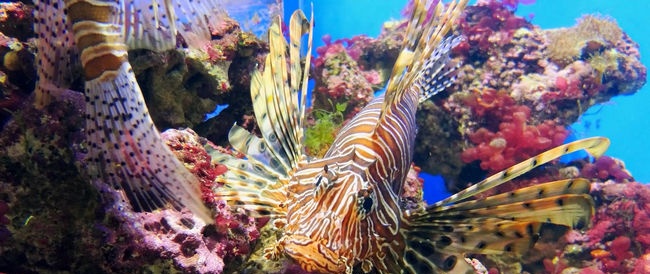 Since ancient times, there have been legends about terrible monsters living in the depths of the sea. With the development of the seas and oceans, the mystery of these legends disappeared, and their characters turned out to be quite prosaic creatures, although sometimes they really represented a mortal danger to humans.
Since ancient times, there have been legends about terrible monsters living in the depths of the sea. With the development of the seas and oceans, the mystery of these legends disappeared, and their characters turned out to be quite prosaic creatures, although sometimes they really represented a mortal danger to humans.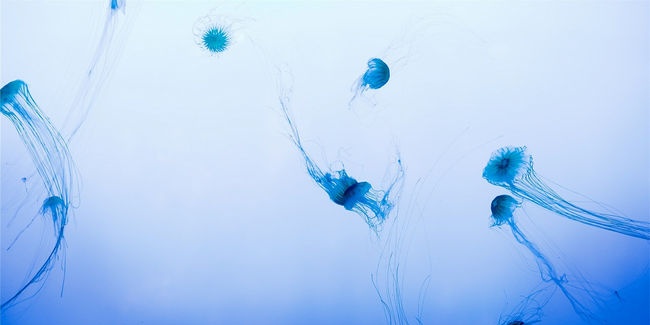 For example, a tropical jellyfish - a sea wasp can cause death within half a minute after touching a person. Also deadly is a small hapalochlena octopus that lives among rocks in many places on the Australian coast. People rarely feel the bite of this, perhaps, the only cephalopod capable of killing a person with its poison. At first, the victim begins to feel severe dizziness, then the poison paralyzes the nervous system, and finally, respiratory paralysis occurs.
For example, a tropical jellyfish - a sea wasp can cause death within half a minute after touching a person. Also deadly is a small hapalochlena octopus that lives among rocks in many places on the Australian coast. People rarely feel the bite of this, perhaps, the only cephalopod capable of killing a person with its poison. At first, the victim begins to feel severe dizziness, then the poison paralyzes the nervous system, and finally, respiratory paralysis occurs.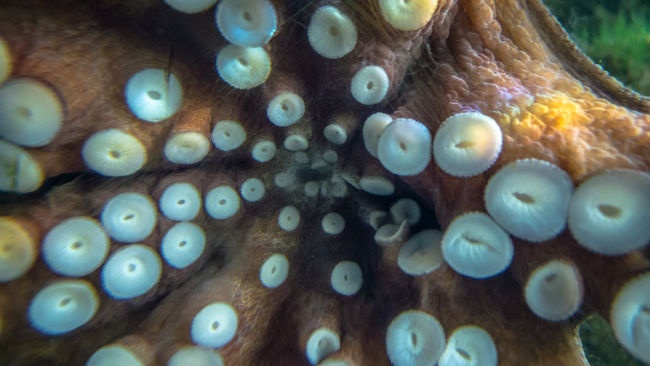 The Indian Ocean is home to another species of dangerous little octopus, which local fishermen call “poison ditches”. Their bite resembles a snake: a swelling that does not go away for weeks, severe pain, dizziness, general weakness.
The Indian Ocean is home to another species of dangerous little octopus, which local fishermen call “poison ditches”. Their bite resembles a snake: a swelling that does not go away for weeks, severe pain, dizziness, general weakness.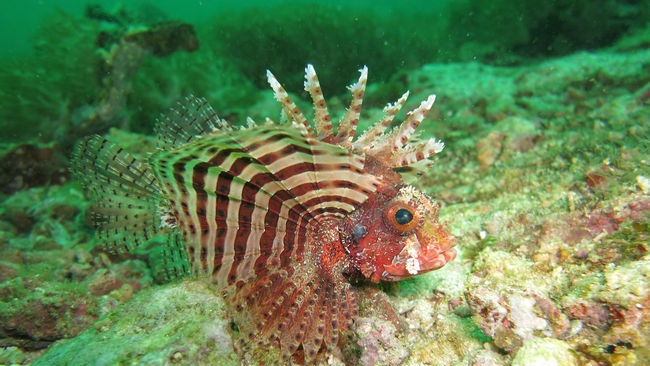 A close relative of the wart is the zebra fish (striped lionfish). Unlike her ugly relative, she is beautiful and graceful, but just as generously supplied with poisonous thorns, fins and other similar "devices".
A close relative of the wart is the zebra fish (striped lionfish). Unlike her ugly relative, she is beautiful and graceful, but just as generously supplied with poisonous thorns, fins and other similar "devices".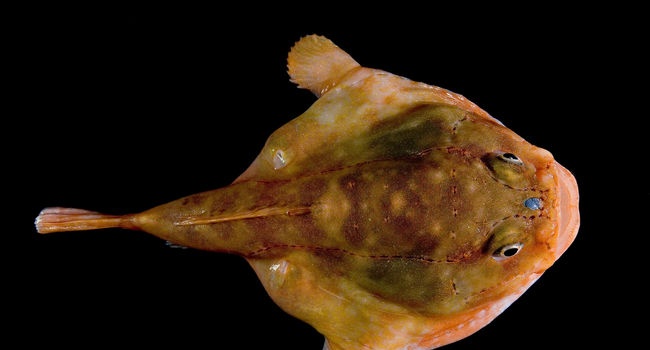 The toad fish that live in South America are just as poisonous.They have a very perfect apparatus for producing and injecting venom, reminiscent of the analogous organs of venomous snakes. The two large spines of the dorsal fin and a spine on the operculum have hollow canals connected to the venom glands. An injection of these thorns causes a very painful reaction, vomiting, convulsions, and memory loss. But their poison is still not fatal.
The toad fish that live in South America are just as poisonous.They have a very perfect apparatus for producing and injecting venom, reminiscent of the analogous organs of venomous snakes. The two large spines of the dorsal fin and a spine on the operculum have hollow canals connected to the venom glands. An injection of these thorns causes a very painful reaction, vomiting, convulsions, and memory loss. But their poison is still not fatal.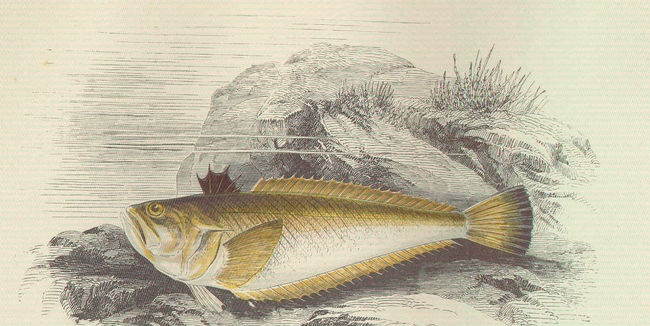 The most poisonous fish of the temperate zone is the sea dragon (it is also found in the Black Sea). Its long and sharp spines have deep grooves connected to glands that produce a poisonous fluid. The dragon's venom causes excruciating pain, and the affected areas become inflamed and swollen. With severe damage, loss of consciousness, convulsions, heart failure may occur. When injecting a sea dragon's thorn, it is recommended to inject a five percent solution of potassium permanganate into the wound.
The most poisonous fish of the temperate zone is the sea dragon (it is also found in the Black Sea). Its long and sharp spines have deep grooves connected to glands that produce a poisonous fluid. The dragon's venom causes excruciating pain, and the affected areas become inflamed and swollen. With severe damage, loss of consciousness, convulsions, heart failure may occur. When injecting a sea dragon's thorn, it is recommended to inject a five percent solution of potassium permanganate into the wound.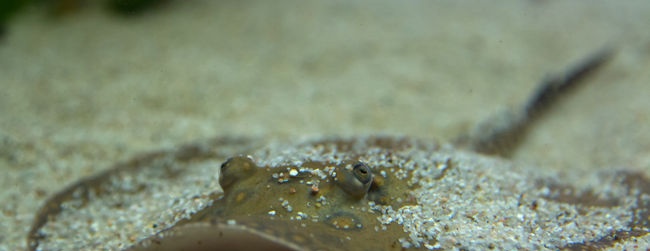 And not because these fish are so aggressive; they just often lie buried in the sand where there are many swimmers and fishermen. The number of victims affected by stingrays is in the thousands.
And not because these fish are so aggressive; they just often lie buried in the sand where there are many swimmers and fishermen. The number of victims affected by stingrays is in the thousands.









